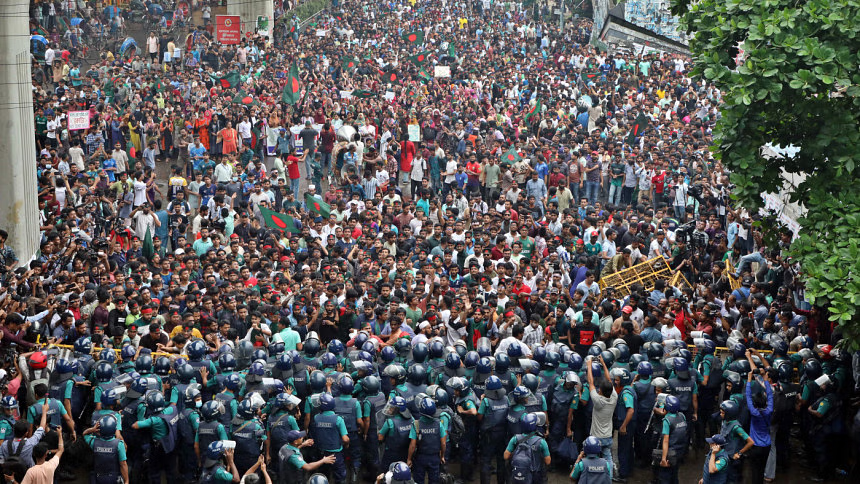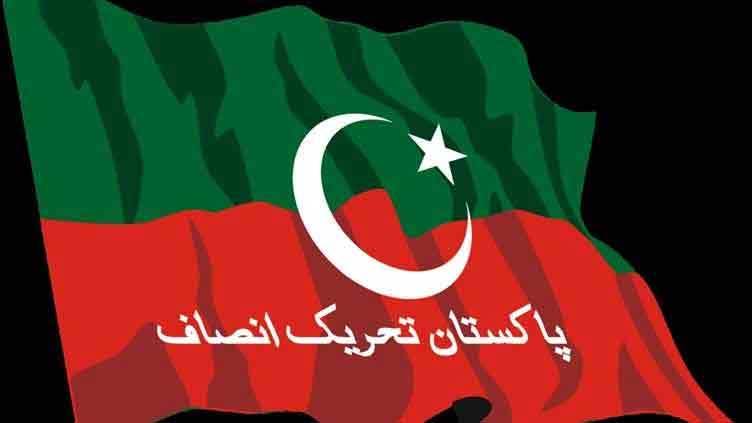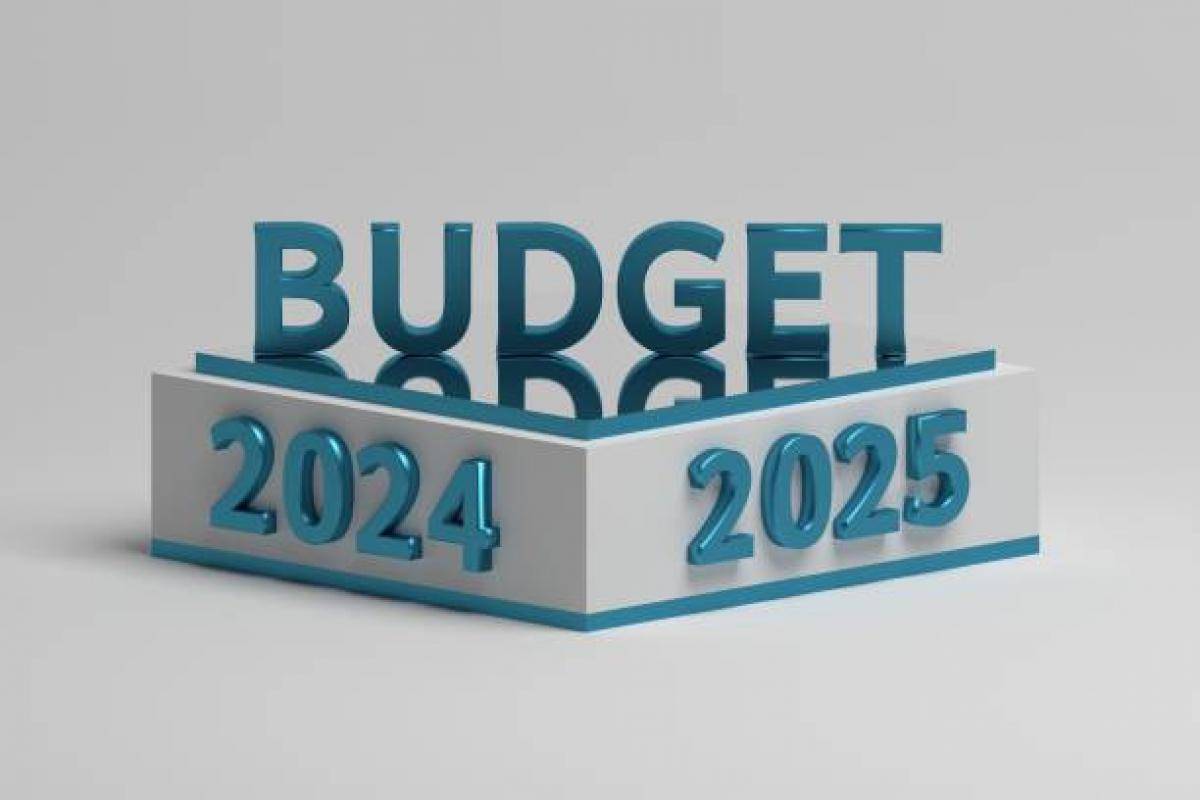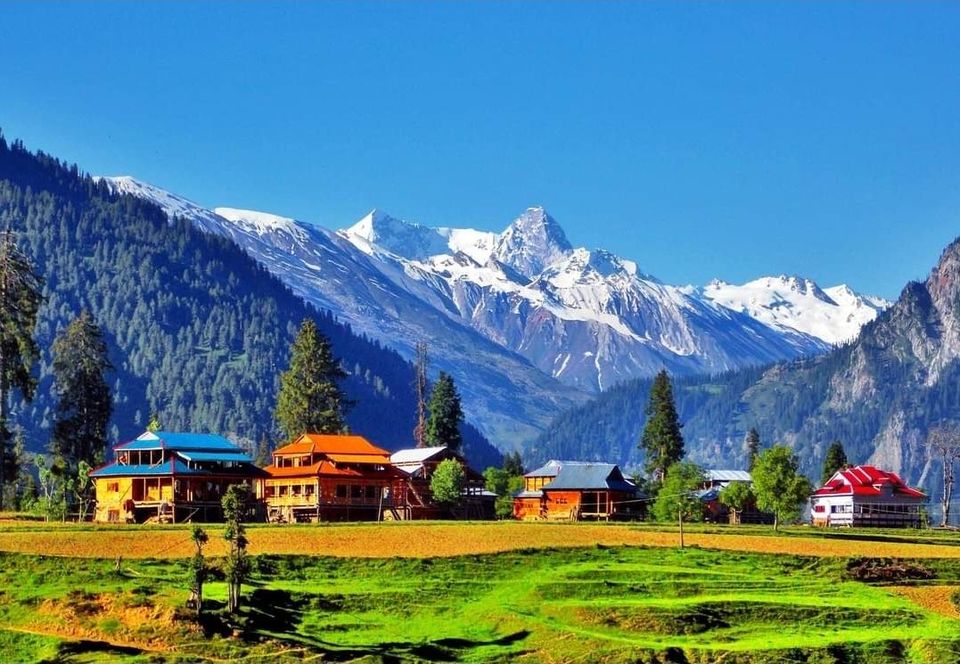By Tariq Mahmood Awan
Rule 3 of Civil Service Reforms: Cadre Management of Civil Service
Civil service is the executing machine of the legislation, delegated legislation, policies and regulations. Thus, the civil service perpetrates regulatory, executing and enforcing tasks and operations. Civil service performs characteristic functions according to the purposes of the service. Then, it comprises the civil servants to perform those functions. Civil servants require individual positions to accomplish the purposes of the Civil Service. Hence, each position is a post. As there are horizontal and vertical positions, a civil service requires a cadre or schedule of posts to perform the functions of the service. Hence, the schedule or cadre of civil service must approximate the specialized functions of the civil service.https://republicpolicy.com/five-rules-of-civil-service-reforms-rule-2/
What is a post? A post is a position with a specific job description. Accordingly, a post has a respective hierarchical placement with vertical and horizontal precedences according to the Post’s objectives in executing laws and policies. Hence, Post is an official position with a specific job description۔ it’s a sort of paid employment in which a person is placed on duty for carrying out a particular functional activity۔ What is a cadre? A cadre is generally a collection of analogous posts in nature. However, these similar posts to execute the objectives of a civil service may vary in hierarchy or division. Cadre means a separate functional unit of civil service. Hence, cadre means a group of posts or a part of such group sanctioned as a separate unit of an organization or a department.
Progressive compilation of cadre is the primary cause of civil service reforms. Consequently, cadre formation quality is directly proportional to the executing objectives of a civil service formed under specific execution plans. Reforming a cadre of civil service is the fundamental objective of civil service reforms. Civil service reformers must comprehend the cadre scheme of civil service. Civil service’s whole concept and structure are implementing and executing the law and policies. Therefore, the placement of posts into a cadre is vital for the executing functionality of a civil service. Then, the proposition raises a fundamental question. Why and how should the posts be placed in a cadre or civil service schedule?
The Post, cadre, Service and subject alignment are indispensable for the execution of laws and policies. Thus, posts must be identical in substance, edifice, structure and construction. As the execution and implementation of the subject relating to schedule IV of the constitution through legislation, delegated legislation and policies are concerned; so, the posts comprising the cadre must incorporate the substance and motif of the cadre, service and subjects. A cadre is a functional unit and must have applicable posts. Irrelevant and non-functional posts in a cadre shall create a functional obstruction for the civil service. Thus, it is inevitable to place functional posts in the cadre of Civil Service to meet the objectives of civil service. Reforming the cadre means putting up those posts which enhance the alignment & functional capacity of the service. Erratic & irrelevant posts must be separate from a cadre. It must comprise exact posts of the same nature.https://republicpolicy.com/five-rules-of-civil-service-reforms-rule-1/
What is a general cadre? It simply means compiling a cadre with different, distinct and erratic posts. It means the reservation of posts belonging to various organizations and departments. Furthermore, it also includes the federal, provincial and local posts in a cadre. Hence, the general cadre creates structural and constitutional anomalies. The civil services in Pakistan comprise general cadres, which is the primary reason for dysfunctional civil services. What is a scheme for the reservation of posts? This scheme allows a specific cadre of service to reserve posts of other cadres or services in order to absorb all the lucrative posts. This reservation of posts can extend to all federal, provincial, and local government departments. The scheme’s objective is to control all tiers of the government to create a centralized cartel that is unaccountable to organizations, governments and people. For example, the Pakistan Administrative Service (PAS) cadre represents the same scheme to control federal, provincial and local governments. The method enables PAS to be federal and provincial secretaries alongside deputy and assistant commissioners. This colonial scheme renders grave legal, administrative and constitutional infringements. British incorporated the scheme in the constitution of 1935 through article 246, but Pakistan never incorporated it.
The scheme halts the proficiency of the organizations because a general cadre of lucrative posts is established on their posts. The purpose of the general cadre is to control organizations and develop a fast mode of vertical mobility. PAS has developed a general cadre so that each PAS officer reaches the zenith of grade 22, despite compromising organizational autonomy, federalism and constitution. The General cadre of PAS is the primary reason not to establish specialized services. Then, the provincial civil services like the Provincial Management Service PMS and others also comprise general cadres. Hence, these general cadre services have become dysfunctional owing to the specialized nature of tasks in modern administrative governance.https://republicpolicy.com/five-rules-of-civil-service-reforms-part-1/
What is a specialized cadre? A specialized cadre comprises the posts of a specialized agency, institution or department. The cluster of posts is similar, comparable and equivalent. Generally, the posts belong to the exact agency, organization or department. Specialized cadres must replace the general cadres. Civil service reformers must focus on the specialization of cadres. It is the primary requisite to reform the civil services. The compilation and selection of functional posts into a cadre of civil service is the hallmark of an effective civil service reforms initiative. Then, there is also a difference between a specialized cadre and a specialized bureaucracy. Either general or specialized, the civil servants shall remain civil servants. General and specialized civil servants are the same product. The difference is only the administrative recruitment, training, skill and work application. The Civil Service in Pakistan primarily requires specialized cadres. If specialized cadres are in place, they shall follow the specialized bureaucracy. Hence, the formulation of specialized cadres is the prerequisite of civil service reforms.
Then, there needs to be more clarity about specialized civil Services. In most public departments, specialized administrative wings exist, and engineers, doctors, or professionals are heading these wings. For example, in the health department, there is an administrative secretary along with a technical or specialized director general of health services. However, the problem is that they need help to perform the administrative-specialized functions of the department. The secretary lacks technical skills, and the DG lacks administrative skills. It requires a person who has both technical and administrative skills. Therefore, medical administrators should be the civil servants of the health department. Neither a doctor nor a generalist civil servant is the specialized person to perform the administrative-technical functions of the health department. Therefore, specialized cadres are critical to ensure specialized bureaucracy. Hence, specialized civil services mean creating specialized cadres of specialized administrators.https://republicpolicy.com/serving-people-reforming-civil-service/
The other substantial part of cadre management is the admission, mobility and dismissal from the cadre. It is an essential part of civil service reforms. Civil Service Reforms must provide a competitive and transparent mode to enter and leave the cadre. Therefore, entry into a civil service cadre must be competitive. The promotion, absorption, transfer, deputation or other entry modes into a cadre must assimilate transparent competition. Then, tier vertical mobility must also be competitive. Each step of vertical mobility must have competitive lateral entry. Specialized cadres in place of general cadres shall fetch more professional administrators into the fold of Civil Service. Then, the dismissal of civil servants from the cadre is critical for the smooth functioning of cadre objectives. The only way to purge the cadre of corrupt, inefficient and unproductive civil servants is to ensure vertical mobility on competition and transparency. All those who fail the standards of vertical mobility must be dismissed, and new entrants might replace them in the cadre. Hence, cadre management is the elemental prerequisite of the Civil Service’s functionality.
Distribution of posts vertically and horizontally in a cadre for service mobility is the hallmark of service delivery: The processes of encaderization, rationalization, distribution, upgradation, and proportional division of posts are vital for civil service reforms. If the process of civil service reforms cannot reform the cadre management of the posts, it simply means the process is defective and inefficient. Hence, rule no three concerning the cadre management of civil service is paramount to civil service reforms.https://republicpolicy.com/dissecting-the-elite-civil-service-of-pakistan/

















































